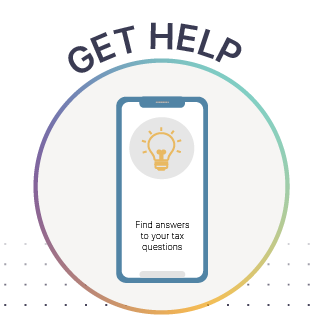The Protecting Americans From Tax Hikes (PATH) Act made the following changes, which became effective for the 2017 (and future) filing season, to help prevent revenue loss due to identity theft and refund fraud related to fabricated wages and withholdings:
- The IRS may not issue a credit or refund to you before February 15, if you claim the Earned Income Tax Credit (EITC) or Additional Child Tax Credit (ACTC) on your tax return.
- This change only affects returns claiming EITC or ACTC filed before February 15.
- The IRS will hold your entire refund, including any part of your refund not associated with the EITC or ACTC.
- Neither TAS, nor the IRS, can release any part of your refund before that date, even if you’re experiencing a financial hardship.
Do you need to check the status of your refund?
You can check the status of your refund with the “Where’s My Refund?” tool or the IRS2Go mobile app.





